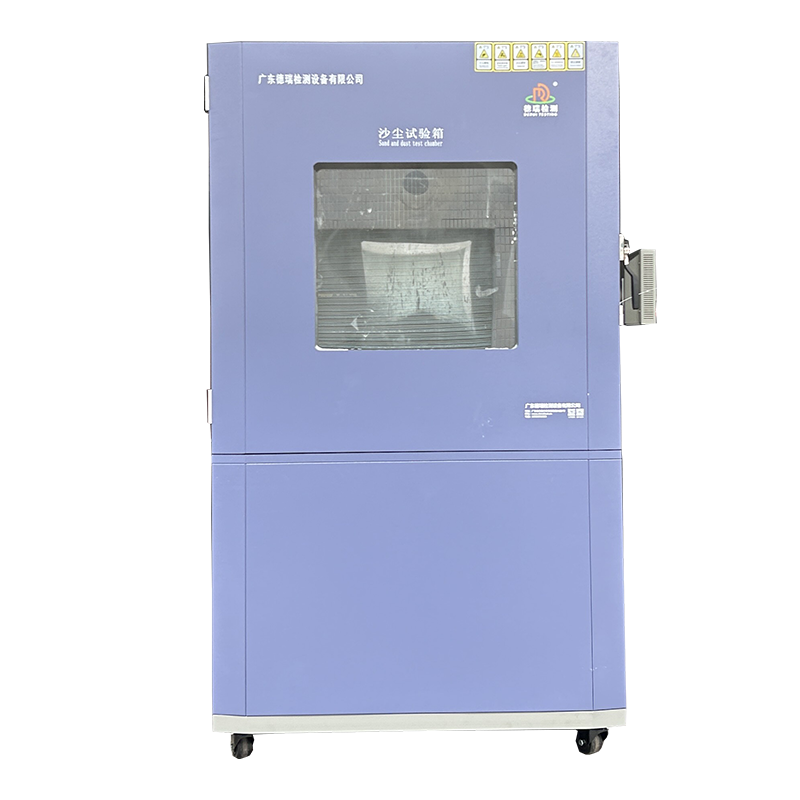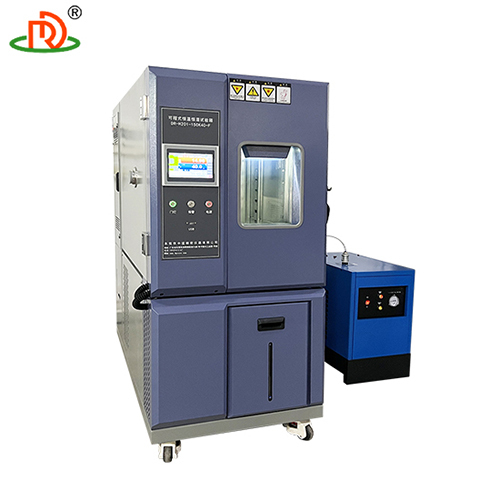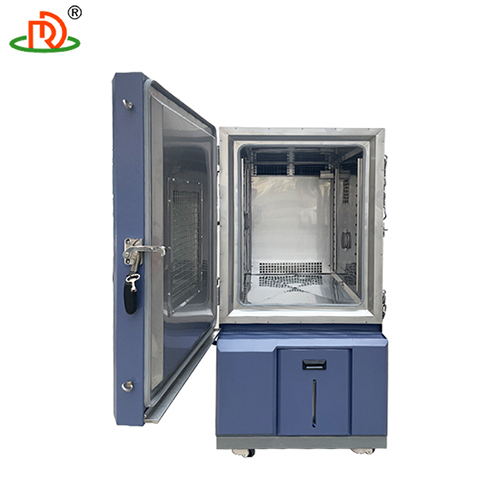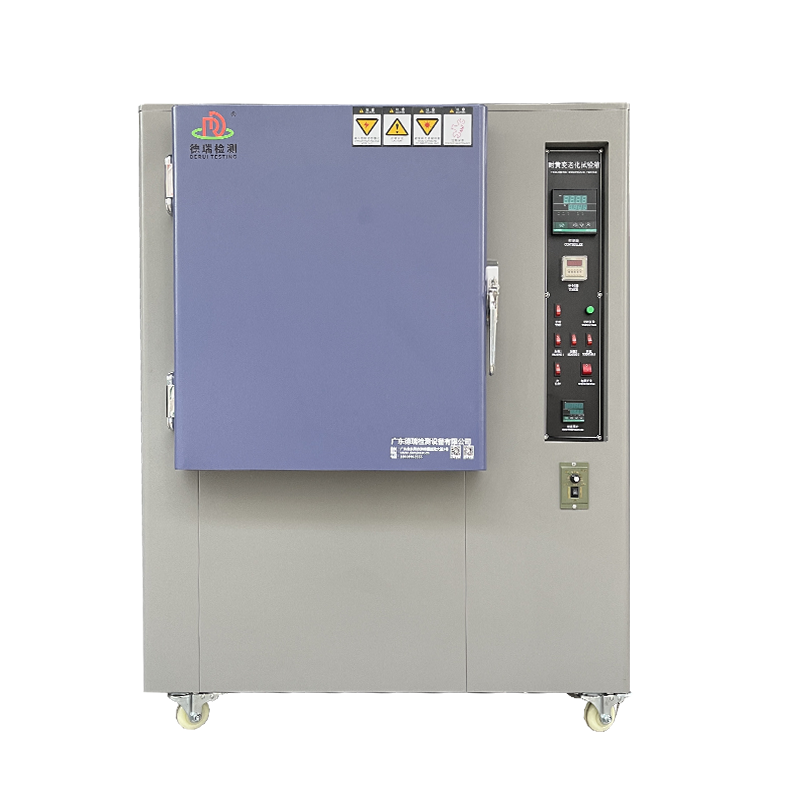
Photovoltaic module dust resistance test chamber
Product Details:
- Equipment Type Dust Resistance Test Chamber
- Operating Voltage 220V
- Mounting Type Floor standing
- Temperature Ambient +10C to 60C
- Display Type Digital LCD
- Application Photovoltaic module dust resistance performance testing
- Specimen Size Max 2000 x 1000 mm
- Click to view more
Photovoltaic module dust resistance test chamber Price And Quantity
- 1 Unit
- 268005.0 INR/Unit
Photovoltaic module dust resistance test chamber Product Specifications
- 2200 mm
- 0.5 - 5 m/min adjustable
- 1%
- Approx. 350 kg
- Automatic dust feeding, programmable cycle, easy specimen loading
- 1-4 pcs
- RS232/USB
- 300 L
- Fully automatic
- 50 mm
- 50 Hz
- AC 220V10%, 50Hz
- Photovoltaic modules
- Dust Resistance Test Chamber
- PLC touch screen
- Digital LCD
- Ambient +10C to 60C
- Floor standing
- 220V
- 10-95% RH adjustable
- 2000 mm
- 0.01 mg/cm
- 1000 mm
- Photovoltaic module dust resistance performance testing
- Max 2000 x 1000 mm
- 0.6 MPa
- Laboratory and industrial testing
- 2 s
- 0.1 - 10 mg/cm
Photovoltaic module dust resistance test chamber Trade Information
- Cash in Advance (CID)
- 90 Unit Per Month
- 5 Days
- All India
Product Description
| Item | Specification |
| Internal dimension | 800W*800D*800Hmm |
| External dimension | 1300W*1000D*1700Hmm |
| Test sample | Size W20cm- L30cm-D15cm, weight 0.5kg |
| Chamber material | SUS304 Stainless steel |
| Specifications of square mesh sieve | Mesh hole 75um, mesh metal wire diameter 50um |
| Talcum powder amount | 2kg/ m |
| Airflow speed | No more than 2m/s |
| Door | Left open door with tempered glass door |
| Controller | PLC Touch Screen controller, programmable to set as below cycle: a. Blowing dust time (Stop/Blow) m/s b. Cycle time: can be adjusted c. Pre-set test time: 0s ~99m99s |
| Vacuum system | Pressure gauge, air filter, Pressure regulating FRL, connecting pipe, Vacuum pump |
| Vacuum pump capacity | 60-600 L/H |
| Fan | Centrifugal fan |
| Safety protection devices | Meter over-temperature function, Phase shortage protection, Power short-circuit protection |
Advanced Dust Circulation for Precision Testing
Utilizing an air blower and cyclone separation system, this test chamber distributes dust particles uniformly across photovoltaic modules. The adjustable airflow and programmable cycles guarantee consistent, repeatable testing conditions in line with international standards. Automatic dust feeding and a spacious 4 m chamber volume facilitate thorough evaluation of up to four large PV modules concurrently.
Designed for Usability and Safety
Users benefit from intuitive PLC touchscreen controls, a directly visible specimen area through the large tempered glass window, and ergonomic specimen loading. Multiple protective features, including over-temperature and pressure interlocks, combined with a secure silicone gasket door seal, ensure safe operation. Maintenance is streamlined thanks to the accessible side door, and test data can be easily exported via RS232/USB interface.
FAQs of Photovoltaic module dust resistance test chamber:
Q: How does the dust resistance test chamber simulate real environmental conditions for photovoltaic modules?
A: The test chamber uses an integrated air blower and cyclone separation system to circulate dust evenly across mounted PV modules. Adjustable airflow (up to 1200 m/h), programmable test parameters, and precise humidity and temperature control (ranging from 10-95% RH and ambient +10C to 60C) replicate the harsh, dusty environments photovoltaic modules may encounter in the field.Q: What benefits does this chamber offer for photovoltaic module manufacturers and testing labs?
A: By providing standardized testing in accordance with IEC 60068-2-68 and ISO 20653, this chamber allows manufacturers and labs to objectively assess module durability against dust ingress. Features such as automatic dust feeding, programmable cycles, and digital LCD measurement increase productivity, accuracy, and ease of use, ensuring reliable quality assurance and product development.Q: When should dust resistance testing be performed on photovoltaic modules?
A: Dust resistance testing is recommended during product development, certification, or quality control stages to verify compliance with international standards and to ensure long-term reliability of the photovoltaic modules in dusty climates.Q: What safety measures are incorporated in the test chamber?
A: Safety is prioritized with multiple interlock systems, over-temperature and over-pressure safeguards, leakage protection, and a highly sealing silicone gasket on the door, ensuring safe operation for users and the integrity of specimens. Additionally, the maintenance access door allows for safe, convenient servicing.Q: Where can this test chamber be installed, and what are its utility requirements?
A: Designed as a floor-standing unit for laboratory or industrial environments, the chamber operates on a standard AC 220V 10%, 50Hz power supply, with a required air pressure of 0.6 MPa. Its moderate noise level (65 dB) allows placement in most professional testing facilities.Q: How is performance data captured and utilized?
A: Test data are measured with high precision (accuracy 1%, resolution 0.01 mg/cm), displayed in real-time on the digital LCD, and can be exported via RS232 or USB interfaces for further analysis, documentation, and reporting.
Price:
- 50
- 100
- 200
- 250
- 500
- 1000+








 English
English Spanish
Spanish French
French German
German Italian
Italian Chinese (Simplified)
Chinese (Simplified) Japanese
Japanese Korean
Korean Arabic
Arabic Portuguese
Portuguese